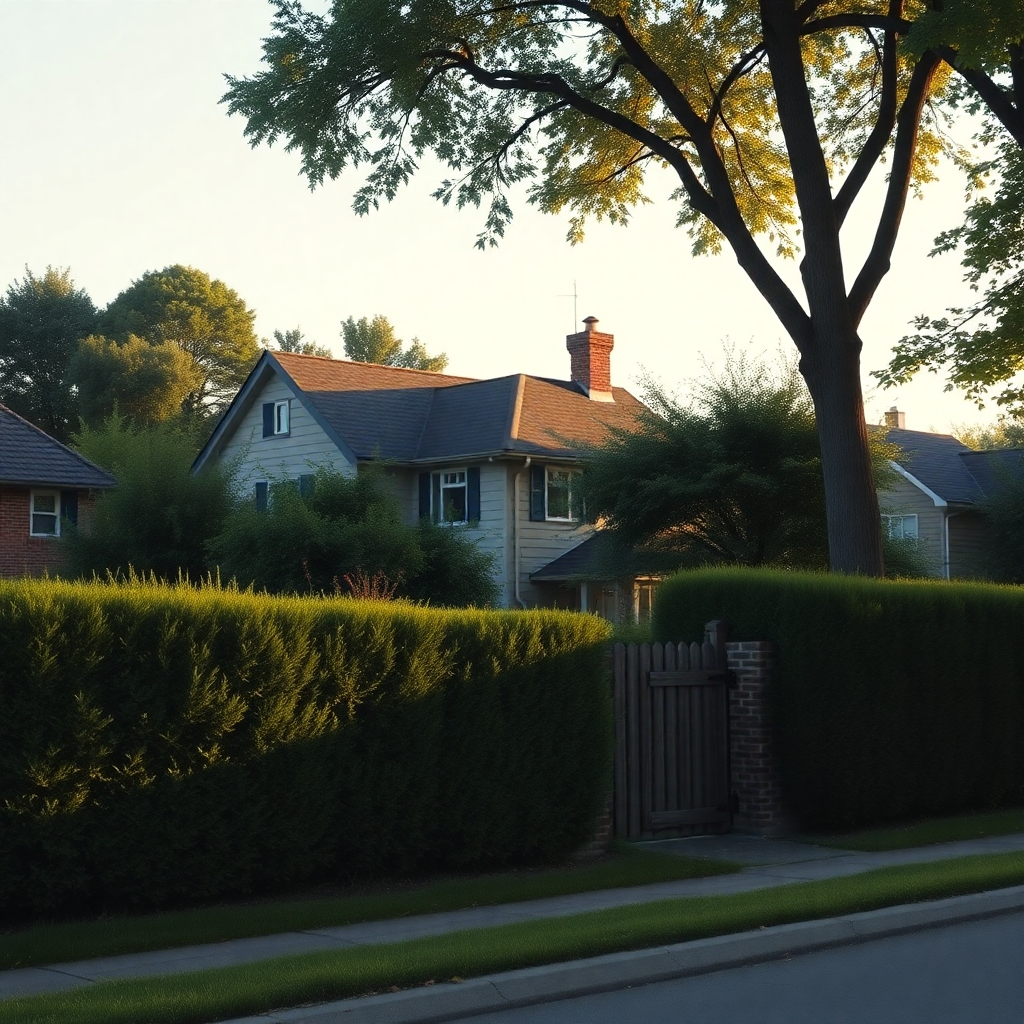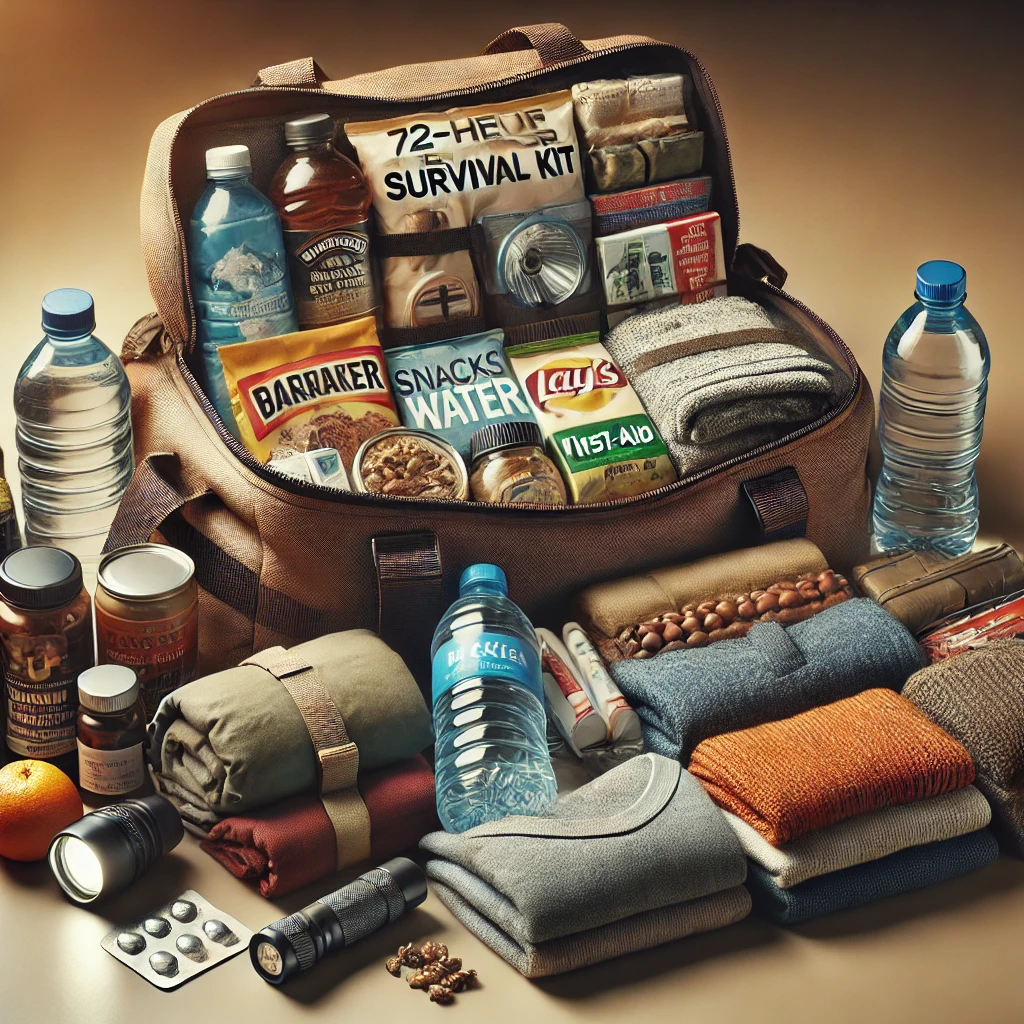When disaster strikes—whether it’s a home invasion, societal collapse, or an unexpected crisis—being unprepared can leave you and your loved ones vulnerable. One of the most effective ways to safeguard your family and valuables is to fortify your home before the worst happens. Whether it’s the friendliest neighbor or an unexpected visitor, you can never be too cautious. Here are the top tips you should consider when fortifying your home against potential threats.
1. **Keep Your Preparations a Secret**
One of the most critical steps in home defense is ensuring that no one knows the extent of your preparations. Whether you’re setting up security systems, stockpiling supplies, or reinforcing your home, never share these details with anyone The less people know about your security measures, the better. Even the friendliest neighbor could become a threat if they know you have valuable resources or weak points in your home.
By maintaining secrecy, you create an illusion of unpredictability—making your home a less appealing target for would-be intruders.
2. **Monitor for Suspicious Activity**
If you’re serious about fortifying your home, it’s essential to be vigilant. Pay attention to any unusual behavior around your property, such as strangers loitering nearby or people who seem to be watching your movements. Installing security cameras around your home is one of the best ways to keep an eye on your surroundings.
For added security at night, install motion-activated lights that will automatically illuminate your yard when triggered by movement. In extreme cases, consider using motion-detecting alarms, which can alert you when someone is approaching your property.
**Tip:** A sudden light or noise may be enough to scare off potential intruders.
3. **Maintain Privacy Inside Your Home**
The key to protecting your home from burglars is making sure they can’t see what’s inside. When your windows and doors are left uncovered, it invites curiosity—and potentially criminal intent. Burglars typically scout homes by looking for valuables in plain sight.
To secure your home:
Use curtains or blinds to block views into your home.
Keep windows and doors shut when not in use.
Don’t leave valuable items outside that might attract attention.
Keeping your interior private, especially at night, ensures that would-be invaders can’t assess your belongings or find entry points easily.
4. **Secure Your Perimeter**
Fortifying your home starts with protecting the boundaries. However, don’t make it too obvious. A towering fence might give away the fact that you’re hiding something valuable inside. Instead, opt for shorter fences made from wood or chain links, which will keep intruders at bay without being too conspicuous.
Additionally, consider planting defensive plants along your perimeter, such as:
– **Spanish Bayonet
– **Firethorn
– **Bougainvillea
– **Cactus varieties
These plants are not only natural deterrents but also create a barrier that can slow down or injure intruders. However, leave some space between the plants and your walls to maintain visibility of the surrounding area.
**Tip:** Fake security signs can also add an extra layer of protection by tricking potential intruders into thinking the area is more secure than it is.
5. **Reinforce Your Entry Points**
The most obvious places for burglars to break into are doors and windows. While installing basic locks is essential, you should take extra steps to enhance security:
Install high-quality deadbolt locks that are harder to break.
Use solid wood or metal doors that are more resistant to forced entry.
Add longer screws to door hinges for a firmer grip.
Invest in portable door jammers for additional reinforcement during emergencies.
Thorny bushesplanted in front of windows can deter window-smashers.
Don’t forget to secure your windowsas well with reliable window locks ,security film, or burglar bars to prevent break-ins.
6. **Set Up Booby Traps (Within Reason) **
Though extreme, setting up strategic booby traps can provide an additional layer of protection. These traps don’t need to be harmful, but they should make it difficult for intruders to proceed. Some ideas for home defense include:
– **Tripwires that trigger an alarm or noise.
– **Pit traps or other obstacles in areas that intruders might expect to use.
– **Perimeter alarms that notify you when someone crosses your boundary.
– **Motion-sensing lights that startle intruders.
Remember, while booby traps can be an effective deterrent, they should be used responsibly to avoid causing injury.
7. **Create a Safe Room**
A safe room is an essential part of any home defense strategy. This room should be secure, hidden, and stocked with supplies in case you need to wait out an emergency situation. Key features to include are:
– **Hidden entry points that intruders won’t notice.
**strong, secure door that’s hard to break through.
– **Supplies of food and water to last for several days.
**means of communication to reach emergency services if needed.
**collection of self-defense tools for protection.
Having a safe room allows you and your family to retreat to a secure location if things go awry.
8. Train Your Family in Self-Defense
Having the right tools for self-defense is important, but teaching your family how to use them is equally crucial. Firearms, crowbars, and even fire extinguishers can be powerful tools when used correctly. Make sure everyone in your household understands how to use these items effectively.
For younger children, non-lethal tools like baseball bats or pepper spray are good options to ensure safety without unnecessary risks.
9. **Adopt a Low-Profile Lifestyle**
Reducing the visibility of your wealth and resources can make your home a less attractive target. Here are a few simple steps to help maintain a low profile:
Avoid bragging about your purchases or investments.
Shred or destroy receipts before tossing them in the trash.
Be cautious about what you post on social media. Never share your location or personal information that could indicate your home’s vulnerabilities.
Keep your expensive items hidden or locked away from view.
The less others know about your lifestyle, the less likely they are to target you.
Final Thoughts
Protecting your home is about taking proactive measures before a crisis hits. With these tips, you can create a safer, more secure environment for your family and your belongings. By fortifying your home, maintaining privacy, and staying vigilant, you’ll be well-prepared for whatever comes your way.
Remember, security isn’t just about installing locks—it’s about setting up an entire system of protection that keeps intruders at bay. Now’s the time to make those changes and ensure that your home remains safe, even in the most uncertain of times.
We are a participant in the Amazon Associates Program. As an Amazon Associate we earn from qualifying purchases with no additional cost to you. We appreciate your support. Read our complete Affiliate Disclaimer here.



